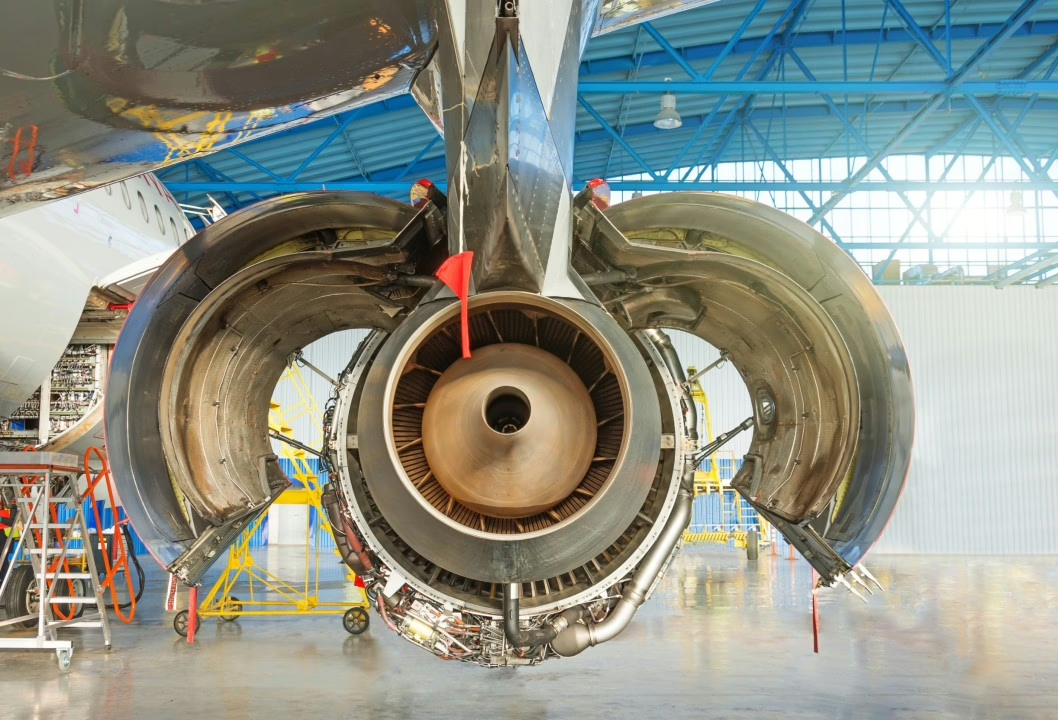With hundreds of jets grounded and Airbus demanding more engines, manufacturer faces critical fourth-quarter production sprint to hit 2025 targets.
Pratt & Whitney targets 8% to 10% higher geared turbofan deliveries this year compared with 2024, though the company must accelerate output significantly in the fourth quarter to reach that goal, executives said Monday.
Chris Calio, chief executive of parent company RTX, disclosed the production forecast Oct. 21 after previously projecting in January that 2025 large-engine deliveries would be “similar” to the 14% year-over-year increase achieved in 2024.
The Connecticut-based engine manufacturer delivered 266 large commercial aircraft engines in the third quarter, a 6% increase from the same period last year. For the first nine months of 2025, Pratt & Whitney handed over 743 engines, up 3% year over year. The company’s large commercial engines primarily include the best-selling geared turbofans that power Airbus A220s, A320neo-family jets and Embraer E-Jet E2s.
“I think we are going to end up in the high single-digit growth range… the 8-10% range,” Calio said when asked about full-year GTF deliveries.
Pratt & Whitney delivered 996 large commercial engines in 2024. An 8% to 10% increase would bring 2025 deliveries to between 1,076 and 1,096 engines.
The company has been working to boost production amid persistent parts and labor shortages—challenges that have also affected competitor GE Aerospace. Pratt & Whitney is simultaneously navigating a disruptive multi-year GTF recall that has forced airlines to ground hundreds of jets for extended periods.
The recall has created demand for spare engines while prime customer Airbus requires more GTFs to meet its production targets, forcing Pratt & Whitney to balance competing priorities.
“We’re going to continue to work very closely with Airbus to make sure that they have what they need down the stretch of the year, while also continuing to balance the allocation of material,” Calio said. “We’ve got to continue to support the fleet.”
He noted Pratt & Whitney has increased production more than 50% since 2019.
The company has also ramped maintenance capabilities to address the GTF recall.
“We continue to work with our supply chain partners to increase the flow of critical value stream material, to ramp MRO output,” Calio said. “In Q3, we saw another quarter of solid progress, with growth in isothermal forgings up 16%, and structural castings up 29%, year over year.”
Pratt & Whitney’s third-quarter sales jumped 16% year over year to $8.4 billion, driving the division to a $751 million operating profit, up 35%.
RTX’s Collins Aerospace division posted a $1.3 billion third-quarter operating profit, up 19% year over year, with sales rising 8% to $7.6 billion.
Strong demand and those figures prompted RTX to raise its guidance. The company now expects Pratt & Whitney will achieve a $350 million to $400 million operating profit in 2025, up from a prior estimate of $200 million to $275 million. Collins is on track to post a $325 million to $375 million operating profit in 2025, compared with a previous estimate of $275 million to $350 million.

Key Takeaways
- Pratt & Whitney targets 1,076-1,096 engine deliveries in 2025, representing 8-10% growth from 2024’s 996 engines, requiring significant fourth-quarter acceleration to meet goals.
- The company delivered 743 engines through September, up 3% year over year, while managing a disruptive multi-year GTF recall and balancing Airbus production demands with fleet support.
- Third-quarter financial results showed strong momentum with $8.4 billion in sales (up 16%) and $751 million operating profit (up 35%).
- RTX raised full-year guidance substantially, with Pratt & Whitney now expected to achieve $350-400 million operating profit versus prior estimates of $200-275 million.









